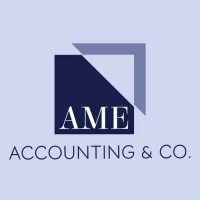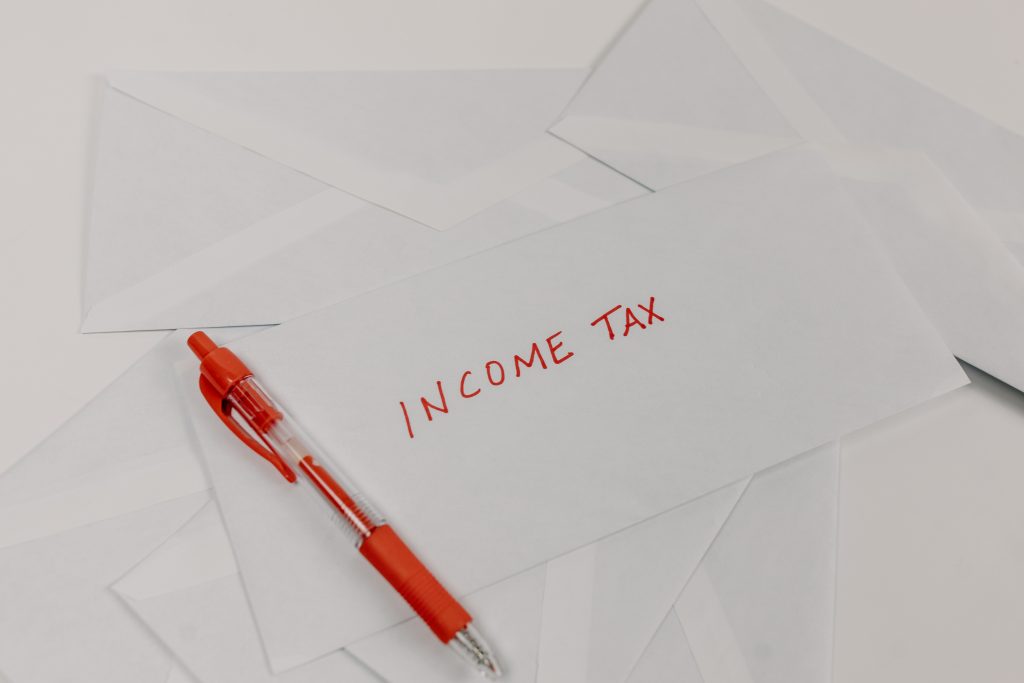As we pass Valentine’s Day and quickly looking to Pancake day (a favourite in the AME office), many individuals will be receiving a dreaded brown envelope from HM Revenue & Customs detailing their new tax code for the upcoming 2022/23 tax year.
For many, it can be a source of confusion and worry. For others, it goes straight in the bin. But worry no more as we go into depth to help you understand.
Your tax code is a very important foundation to the new tax year, ensuring you pay the right taxes. If it’s wrong, it can mean too much tax being deducted from you.
It could also mean not enough tax has been deducted from you leading to further hardship down the line to pay it back. One thing we can advise you is, HM Revenue & Customs will find out eventually if you are not paying enough, therefore letting them know as early as possible, is always the best action.
For most people, who have one job and one source of income, the typical tax code to expect is 1257L. – Representing your £12,570 personal allowance for the year.
Sometimes this can be a higher number, particularly when you may have additional allowances such as the Working from Home Allowance, the Uniform Allowance and mileage allowance to name a few.
But what do the letters mean in the tax code?
L – Entitlement to tax-free personal allowance.
M – Marriage allowance received.
N – Marriage allowance given.
T – Tax code includes other calculations within your personal allowance*
0T – Your Personal allowance has been used up or you have started a new job with your employer not having full details or past employment.
BR – All income is taxed at 20% basic rate. (Typically attributed to those with 2 incomes).**
D0 – All income is taxed at higher rate (Typically attributed to those with 2 incomes of higher income over £50,270).
D1 – All income is taxed at the additional rate (Typically attributed to those with 2 incomes over £150,000).
NT – You’re not paying any Income Tax (seafarers etc.).
*We would recommend checking this in detail as errors are typically seen.
**This is worth checking with HMRC due to errors and the ability to split of tax code between jobs.
If you have a tax code with W1, M1 or X at the end, this are emergency tax codes, without a call to HM Revenue & Customs, you will have to rely on your employer to update HMRC via a PAYE submission.
If your tax code has the letter ‘K’ at the beginning of it, this means you have income that is not being taxed another way. I.e., when you are paying taxes from a previous year through wages or when you receive benefits in kind or taxable state benefits.
As you can see, there are many variables in the ever-complicated UK tax system, but knowing where you should start, will put you on the right footing the tax year ahead.
If you do think your tax code is incorrect, you can let HMRC know via several methods;
Phone:
0300 200 3300
Post:
Pay As You Earn and Self-Assessment
HM Revenue and Customs
BX9 1AS
United Kingdom
Both can unfortunately take what seems like a lifetime, to receive a response (particularly on the phone), therefore we recommend setting up your own personal tax gateway with HMRC via: https://www.gov.uk/check-income-tax-current-year . Where not only you can correct your tax code by reporting changes, but will also give you instantaneous, detailed breakdown of your incomes (far more so than the letter you would have just received).
As a final note, you may see your tax code as 1257L and think everything is fine – and it may well be. But, don’t neglect your allowances. If you clean your uniform at home, occasionally work at home or travel for work (not to the place of work) without being reimbursed, you can and should, be able to increase your tax code and therefore your take home pay.
Set those financial foundations now, and build for a better year ahead.
For more on this, or anything else, don’t hesitate to contact us for a free in personal or on the phone consultation.
We’re happy to help.



